top of page
Ancla 1
Ancla 2
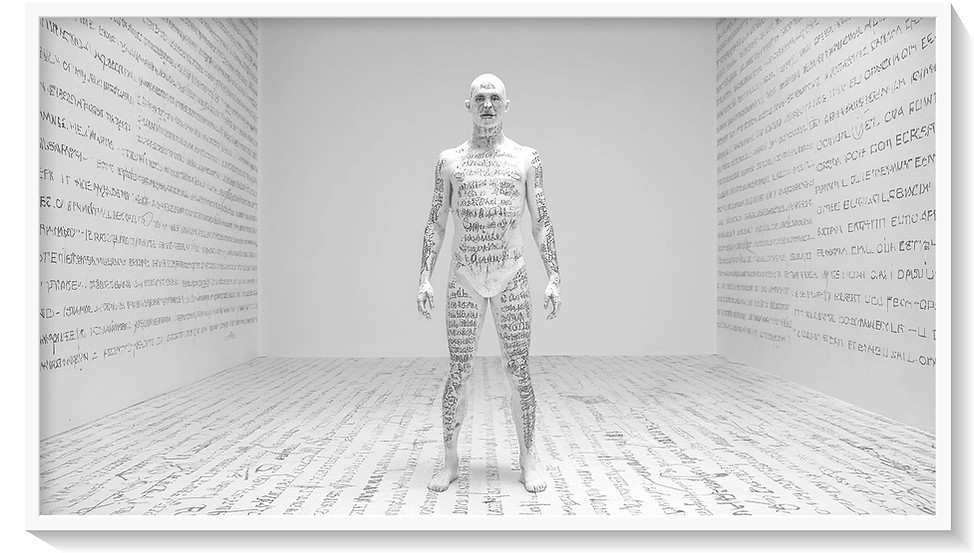
The Invisible Pulse: A Sad Algorithmic Symphony
Spanish version
This images born, first, in my mind, emerging out of nowhere, unexpectedly, without warning. My brain made a shape like an incomplete reflection of something more profound. Then, artificial intelligence translated to something visual, a picture which, in a human brain, is disintegrated and can never be reconstructed. Whether we have created is exactly what we originally imagined, or that picture has been already destroyed, devoured by our inability to retain it. Creation, then, becomes an act of imperfect translation.
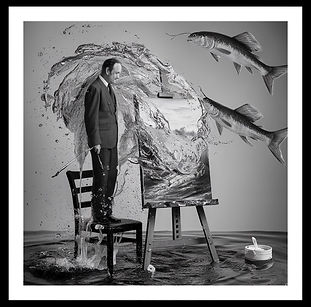
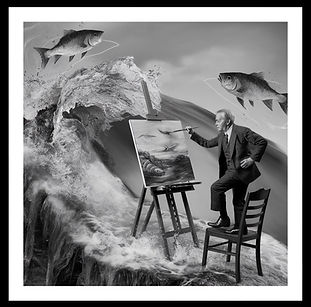
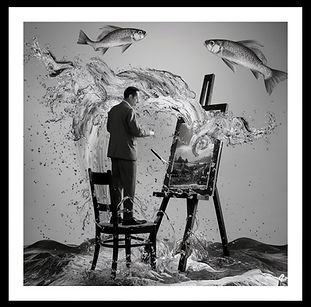
There is a small abyss between what our mind generates and is materialized. In this distance between the thinking and the creation lies the fragility of art. The creator finds himself trapped between the imagined and the expressed, between the idea he has imagined in his mind and the image he has constructing
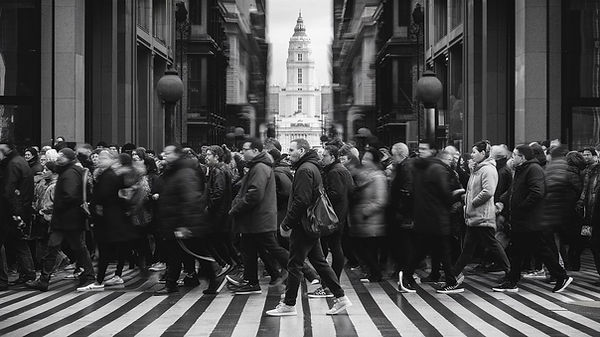
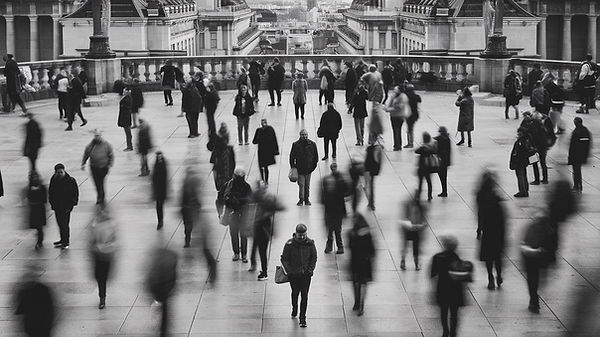
We can argument, as many do, that images created with artificial intelligence will never be an exact copy of human conceived in his mind. Always be a deviation, a tone that is changed in the process. The machine, in its function with a mirror, cannot reflect exactly as the human has imagined, but re-interprets, and returns a different way. But, doesn't the brain act in the same way?
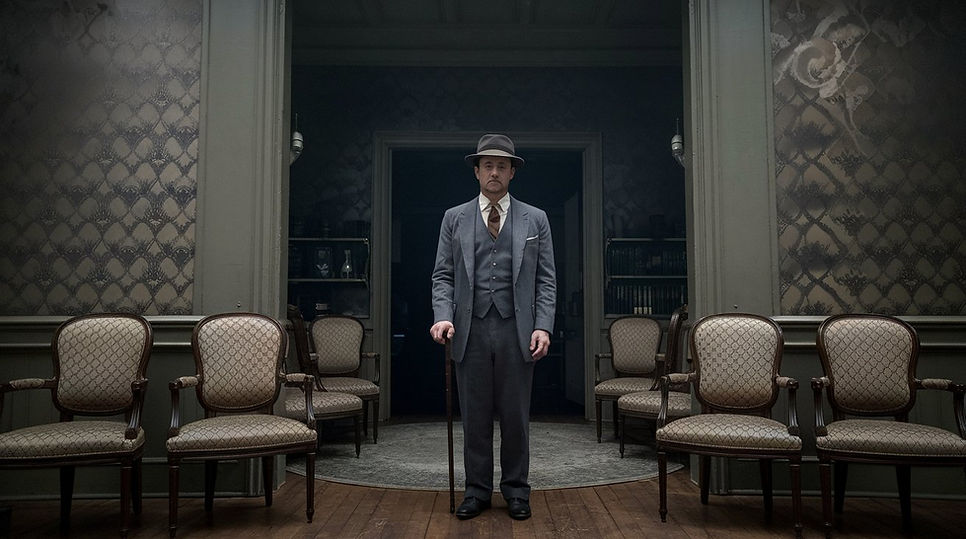
AI not only creates, also does so with a lightness which seems to mock existence itself. In each of its creations hides a meticulous coldness, a beauty that does not bleed, not break. No need or high purpose, no search answers and no find a meaning. Only create, flood the world with perfect images and sounds; create because it can. The artist, on the other hand, jumps into the void with the illusion of having a small part of his existence survive time, and in this difference there is a tragedy. But the AI is not aware of the influence of time, is not condemned to disappear, and that is why not scream, not beg, is not afraid. The human being creates because he is aware of his finiteness, of the fact the everything he is and has done disappears. Art gives the possibility of shouting from the darkness of emptiness, which its existence was made for a reason.



The Czech writer Milan Kundera writes in “On Laughter and Forgetting” about the way which humans try to evade the reality of our own insignificance through acts of humor or denial. In this sense, AI in art represents the reflection of our own denial. By making machines with the ability to generate beauty without suffering, or nostalgia, without the weight of time, we are, in a way, laughing about our own tragedy. Is it, perhaps, the ability to confront the ephemeral, the perishable, that gives art a magnanimous character?

Artistic creation has always been touched by a halo of nostalgia, a disconsolation in the face of the weight of the ephemeral. AI ignoring this existential drama. Its strokes can be infinitely reconstructed; its music can be endlessly rewritten. But where, then, is the meaning? Kundera could say that art created by AI is like life without the weight of mortality: empty of meaning.
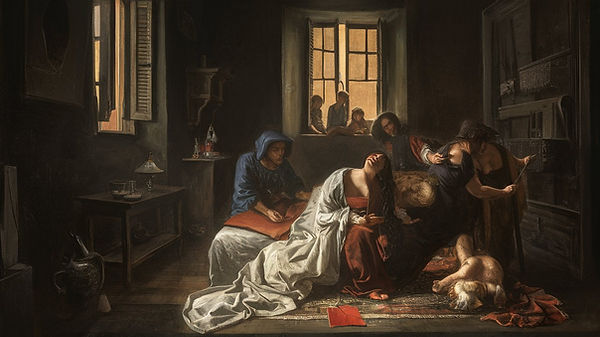
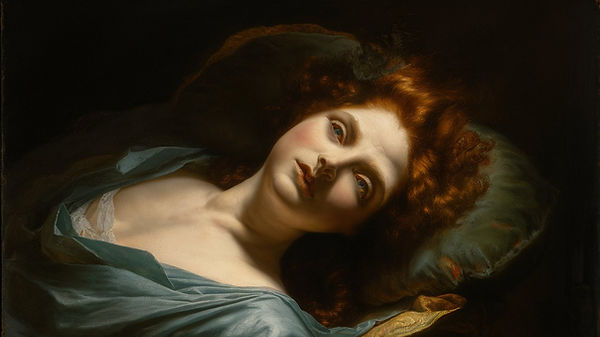
I wondering if, deep inside, we are not running away from something when we are building machines are superior to us in creativity and technique, we are not trying to escape from our own human condition, from painful knowledge that everything we do is temporary. Perhaps AI, in its perfection, is a mirror in which we see us reflected, and the reflection back to us is terrifying.

Volentem fata ducunt, nolentem trahunt
bottom of page


